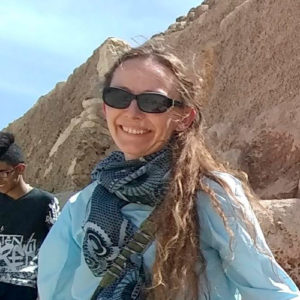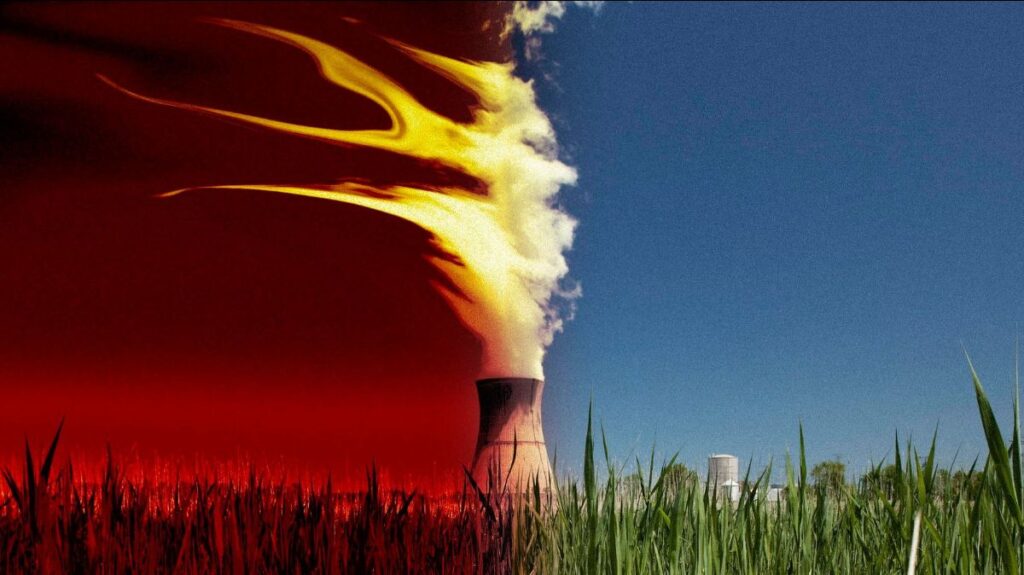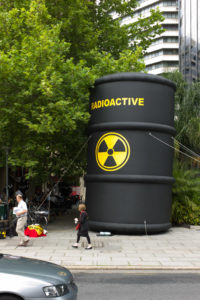
Things You Will Never Hear Anywhere Ever:
“Bill Gates agreed to build his experimental advanced nuclear reactor and the reprocessing facility on his estate in Redmond, WA. Says the multi-billionaire, ‘YES! In my backyard.’”
“The budget has been approved with plenty for uranium mining cleanup, land and water restoration, and free healthcare for impacted people. Radiation-free, clean running water now available throughout Navajo Nation.”
“The Department of Energy announces ‘the cart does not go before the horse’ and puts efforts into long-term solutions instead of bribing poor, working class, and BIPOC communities into becoming ‘temporary’ nuclear waste dumps.”
Polluters frequently focus the dirtiest aspects of their industries in money-strapped communities with little political power, promising “good-paying jobs” and needed services. People are often put in challenging positions. To get the jobs and services their families need, they must accept increased exposure and the risk of accidents. Whether approached by the uranium mining or milling industry, a corporation that owns nuclear reactors, or the Department of Energy looking for a dump site, it’s not affluent or highly populated areas that are targeted.

The nuclear industry has hijacked the green train, marketing it as a carbon-free energy source, never mentioning the spent nuclear waste, high costs, or health risks. Nuclear startups like NuScale, Oklo, and TerraPower are lining up for taxpayer money better spent on cheaper, cleaner, faster, safer solutions. Some environmental groups have even endorsed nuclear as a clean energy source and market for the industry, putting hope in small modular reactors and so-called “advanced” reactors. Since people aren’t lining up to have a nuclear reactor up the road, a little nudging needs to be employed.
There are people with fantastic BS detectors speaking out, though. In September, the Indigenous Environmental Network held a press conference in NYC during the Climate March, calling attention to false climate solutions like nuclear. Executive Director Tom B.K. Goldtooth warned us of “false solutions of climate mitigation such as carbon capture and storage, carbon markets and offsets, geoengineering technologies, nature-based solutions, nuclear power, biomass energy and biofuels, hydrogen energy, and more that are being pushed inside the upcoming UN Secretary General’s Climate Ambition Summit and advanced by corporate, governmental, big NGOs, and the banks.”
So when the DOE, nuclear industry, and their community helpers/partners come knocking at your door, you might ask:
- Why not put the shiny new reactor where the power is needed most, in large cities?
We can tell you it’s because nuclear reactors are a considerable risk. Well, then, THAT begs the following question…
- Why use nuclear energy if we have safer, cleaner, faster, cheaper solutions?
Good question. No good answer.

As our ally Deb Katz, Executive Director of Citizens Awareness Network, discussed during the latest Nuclear Fuel Chain Lecture on decommissioning, pro-nuclear people do not think about the victims of energy choices. They don’t talk to mothers whose children develop leukemia or people who die of brain cancer in their 30s. But it’s their stories that need to be heard.
We need to listen to Diné on Navajo Nation, whose families have been sick for generations from mining uranium, still have no running water, and are still fighting for their human rights. We must not ignore the middle school kids in Piketon, OH, developing cancers caused by the enrichment and reprocessing of radioactive materials near their schools. Their voices need to be heard because their stories are part of the nuclear fuel chain, and should be a significant factor when considering our energy choices.
